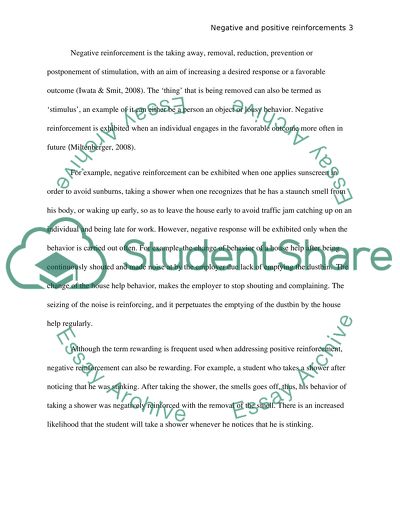Cite this document
(“Positive and Negative Reinforcements Coursework”, n.d.)
Retrieved from https://studentshare.org/psychology/1449538-theoretical-coursework-in-clinical-psychology
Retrieved from https://studentshare.org/psychology/1449538-theoretical-coursework-in-clinical-psychology
(Positive and Negative Reinforcements Coursework)
https://studentshare.org/psychology/1449538-theoretical-coursework-in-clinical-psychology.
https://studentshare.org/psychology/1449538-theoretical-coursework-in-clinical-psychology.
“Positive and Negative Reinforcements Coursework”, n.d. https://studentshare.org/psychology/1449538-theoretical-coursework-in-clinical-psychology.


